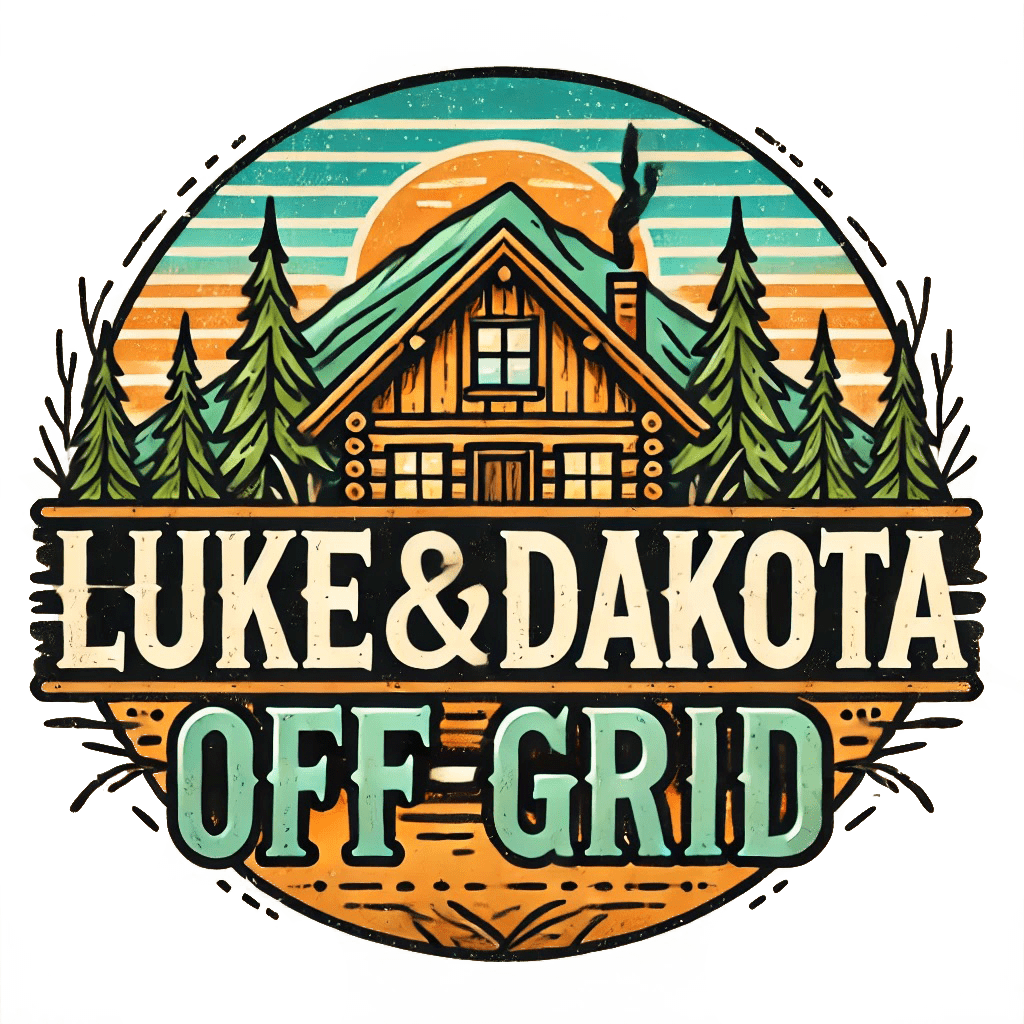Building a 3-month emergency food supply doesn’t have to be expensive. Whether you’re preparing for natural disasters, economic downturns, or simply want food security, a well-planned stockpile can give you peace of mind without breaking the bank. By focusing on affordable, shelf-stable foods and smart shopping strategies, you can create a sustainable food supply that will last for months.
This guide will walk you through budget-friendly food storage, essential items to stock up on, and practical storage solutions to ensure your food lasts.
Planning Your 3-Month Food Supply
How Much Food Do You Need?
To determine how much food you need for 3 months:
- The average adult requires 2,000 calories per day.
- For a 3-month supply, that equals 180,000 calories per person.
- Multiply by the number of people in your household.
Focus on calorie-dense foods that provide essential nutrients and have a long shelf life. For official recommendations on emergency food supplies, visit Ready.gov.
Creating a Budget-Friendly Shopping Plan
- Set a budget: Start with as little as $10-$20 per week and gradually build your supply.
- Prioritize inexpensive, long-lasting foods like rice, beans, and oats.
- Shop sales and buy in bulk to save money.
- Use discount stores, local co-ops, and farmer’s markets for cheaper options.
Best Budget-Friendly Foods for Emergency Storage
High-Calorie Staples
These foods are inexpensive, easy to store, and provide essential energy:
- Rice – Long shelf life, great for stretching meals.
- Beans & Lentils – High protein and fiber, easy to cook.
- Oats – Great for breakfast and baking.
- Pasta – Affordable, filling, and versatile.
- Flour & Cornmeal – Essential for baking bread and tortillas.
For bulk purchases, check out Azure Standard and Augason Farms.
Affordable Protein Sources
Protein is crucial in a survival situation. Budget-friendly options include:
- Canned meats (tuna, chicken, Spam) – No refrigeration required.
- Powdered eggs – Long shelf life and great for baking.
- Peanut butter – High in protein and healthy fats.
- Canned beans – Ready to eat and packed with protein.
Fats & Oils
Healthy fats provide energy and aid in cooking:
- Olive oil – Great for cooking and dressing foods.
- Coconut oil – Long shelf life and versatile.
- Ghee or shelf-stable butter – Adds flavor and calories.
Canned & Dried Fruits and Vegetables
Fruits and vegetables are essential for vitamins and fiber:
- Canned vegetables – Carrots, corn, green beans.
- Canned fruit – Peaches, pineapple, applesauce.
- Dried fruit – Raisins, apricots, banana chips.
- Freeze-dried veggies – Lightweight and long-lasting.
For proper food preservation methods, refer to the National Center for Home Food Preservation.
Staples for Cooking & Flavoring
Don’t forget essential cooking items:
- Salt & Sugar – Long shelf life, necessary for cooking and preservation.
- Baking soda & baking powder – For making bread and baked goods.
- Spices & Bouillon Cubes – Adds variety and flavor to meals.
- Vinegar & Honey – Natural preservatives with multiple uses.
How to Store Your Emergency Food Supply Properly
Best Storage Methods to Extend Shelf Life
- Mylar bags with oxygen absorbers – Ideal for long-term dry food storage.
- Food-grade buckets – Protect grains and legumes from pests.
- Vacuum-sealed jars – Great for dried goods.
- Cool, dark, dry storage areas – Prevents spoilage and extends freshness.
Organizing Your Food Storage
- Use the First In, First Out (FIFO) method – Rotate foods regularly.
- Label items with expiration dates to keep track of shelf life.
- Use shelving and stackable bins for space efficiency.
Where to Find Affordable Emergency Food Supplies
Buying in Bulk
- Warehouse stores – Costco, Sam’s Club.
- Restaurant supply stores – Large-quantity purchases at lower prices.
- Online bulk food suppliers – Azure Standard, Augason Farms.
Finding Deals & Discounts
- Grocery store clearance sections – Great for canned goods.
- Dollar stores – Budget-friendly non-perishables.
- Local farmer’s markets – Best for dried goods and bulk grains.
DIY Food Preservation
- Dehydrate fruits and vegetables for long-term storage.
- Can meats, soups, and sauces to extend shelf life.
- Buy fresh in season and freeze for later use.
Meal Planning & Cooking with Your Emergency Food Supply
Creating Simple, Nutritious Meals
- Rice & beans with canned veggies – A survival staple.
- Oatmeal with dried fruit & peanut butter – High-energy breakfast.
- Pasta with canned tomato sauce & protein – Easy and filling.
- DIY soup using canned meats, beans, and bouillon cubes.
- Homemade bread from stored flour & yeast.
Avoiding Food Fatigue
- Add variety with different seasonings.
- Rotate proteins and side dishes.
- Experiment with different cooking methods.
Common Mistakes to Avoid When Building a Food Supply
Not Storing What You Eat
- Only stock foods your family will actually eat.
- Test recipes before committing to bulk purchases.
Ignoring Expiration Dates
- Check and rotate food supplies regularly.
- Organize items by earliest expiration date.
Forgetting Water Storage
- Store at least one gallon per person per day.
- Consider rainwater collection, filtration, and purification methods.
Be Prepared Without Breaking the Bank
Creating a 3-month emergency food supply is achievable on any budget. By focusing on affordable, calorie-dense foods and smart storage methods, you can ensure food security for your household. Start small, buy strategically, and rotate your stock for long-term success.
What budget-friendly emergency food items do you recommend? Share your tips in the comments!

